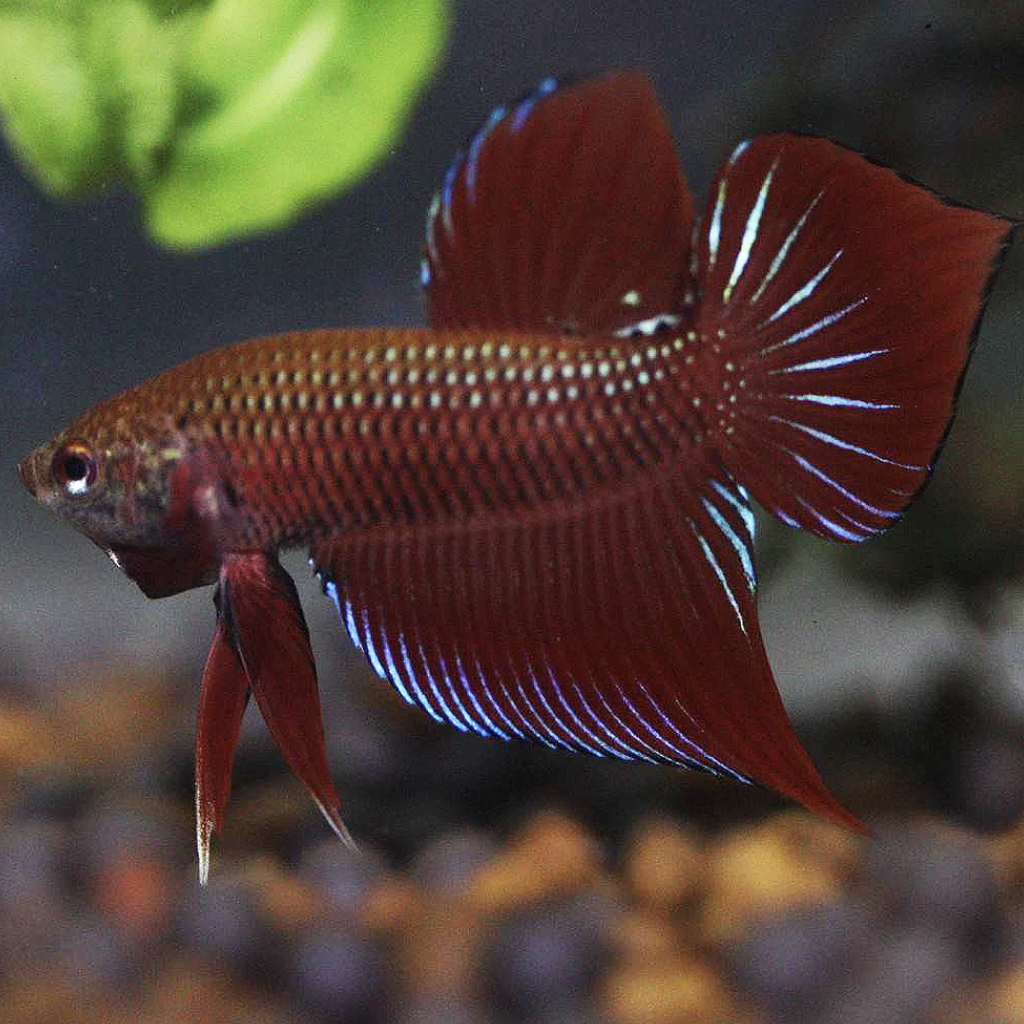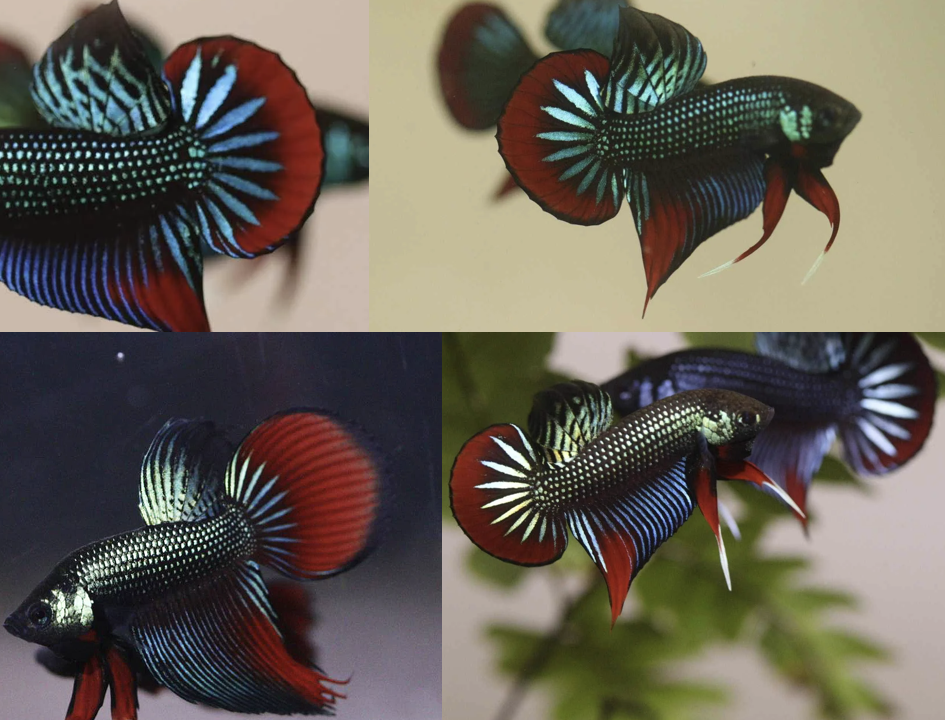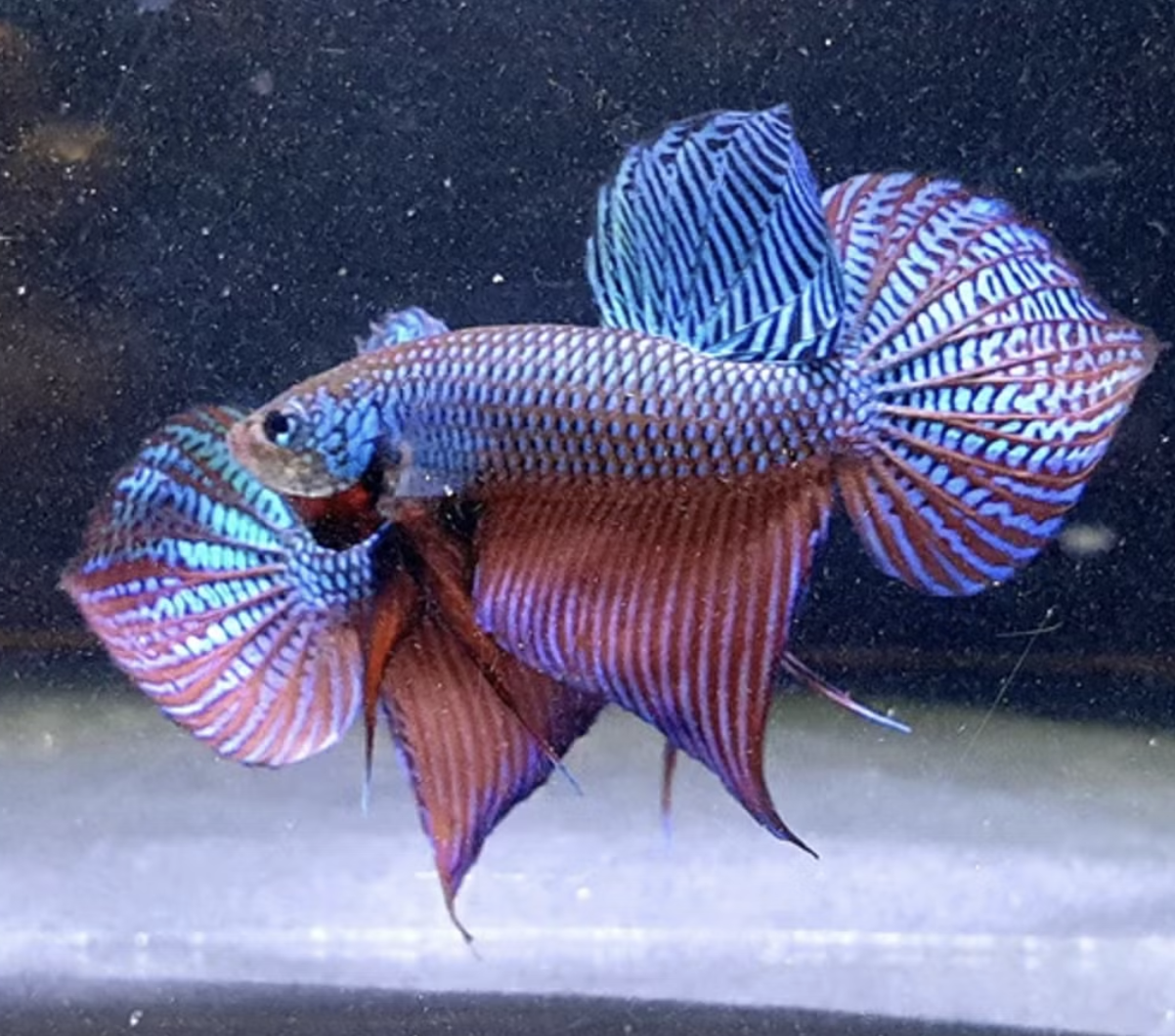Wild Betta Fish 101: Care, Tank, Breeding & More
Did you know that the dazzling betta fish you see in pet stores started their journey in the muddy rice paddies of Southeast Asia? These vibrant fish, known for their flowing fins and feisty attitudes, have a wild ancestor that is quite different from the familiar pet. Let’s explore the world of wild betta fish, learn how they thrive in their complex natural environments, and consider the importance of their conservation.
Sadly, many wild betta populations are dwindling. Habitat loss and over-collection threaten these beautiful creatures. This guide goes into the fascinating lives of wild bettas, providing tips for responsible care and highlighting the importance of conservation — however if you’re looking for an in-depth article please check out our master guide here.
Wild Betta Species
Betta fish aren’t a single uniform species! There’s a surprising amount of diversity within the Betta genus, with over 70 known types. Let’s look at a few of the most popular wild betta species kept by aquarists:
- Betta splendens (Siamese Fighting Fish): This is the most familiar wild betta, the ancestor of our brightly colored pet store companions. In their native Southeast Asian habitats, they inhabit shallow ponds, marshes, and rice paddies. Even in the wild, their care needs resemble their domesticated counterparts.

Photo credit: Franks bettas
- Betta imbellis (Peaceful Betta): These bettas are smaller and less aggressive than Betta splendens. Their natural habitat is similar, and they are good candidates for community tanks with other peaceful, small fish.

Photos from Franks Bettas
- Betta smaragdina (Emerald Betta): This betta glows with iridescent green and blue scales. They require a heavily planted environment with soft, acidic water to reach their full potential.

Photo credit: Fishy hub
Bubble Nesting vs. Mouthbrooding Betta Fish
Betta fish have two fascinating ways of caring for their young: bubble nesting and mouthbrooding.
- Bubble Nesters: Like Betta splendens, male bubble nesters create intricate floating nests from saliva bubbles. Eggs are deposited in the nest, and the male fiercely guards them.
- Mouthbrooders: Some betta species, like Betta imbellis, are mouthbrooders. The male or female carries the eggs in their mouth until they hatch, offering incredible protection.
These breeding behaviors affect how you care for wild bettas. Bubble nesters need a calm water surface, while mouthbrooders may need specialized environments to encourage spawning. Understanding how wild betta fish reproduce offers insights into their unique needs in captivity. We have a great article on betta fish eggs here.
Wild Betta Tank Setup
Replicating a wild betta’s natural habitat is crucial for their well-being. Here’s what you need to know:
- Tank Environment: Wild bettas typically inhabit shallow, slow-moving waters. Opt for smaller tanks (5-10 gallons for most species), densely planted with aquatic vegetation. Indian almond leaves offer beneficial tannins and mimic their native environment.
- Filtration Systems: Gentle filters, like sponge filters, are best. Wild bettas aren’t used to strong currents. You can also clean the tank using a suction vacuum.
Wild Betta Fish Care
- Comprehensive Care: Feed your wild bettas a varied diet of high-quality live or frozen foods like bloodworms, brine shrimp, and daphnia. Maintain pristine water conditions, and carefully select tankmates if you plan on a community aquarium (small, peaceful fish only). Breeding wild bettas can be rewarding, but research your specific species’ needs.
- Dealing with Diseases: The best disease prevention is a clean tank with optimal water parameters. Research common ailments in wild bettas and prioritize reducing stress in your aquarium.
Where to Buy Wild Betta Fish
- Ethical Purchasing: Choose breeders that prioritize conservation and ethical breeding practices. Look for certifications or a reputation for responsible sourcing.
Conclusion
Wild betta fish are incredible creatures with intricate behaviors and fascinating adaptations. By understanding their needs and respecting their delicate habitats, we can enjoy these captivating fish responsibly and help conserve them for future generations. Let’s all do our part to protect these remarkable jewels of Southeast Asia!


